Alaskan Malamutes are a majestic breed, known not only for their strength and endurance but also for their striking appearance. Originating in Alaska as sled dogs, they are one of the oldest Arctic sled breeds, revered for their ability to carry heavy loads over long distances. Part of their allure lies in their thick, luxurious coat, which not only serves as protection against harsh winter climates but also comes in a variety of beautiful colors. These colors can range from light shades of gray to deep black, with distinctive markings that make each Malamute unique. This article explores seven stunning color variations of the Alaskan Malamute, each adding to the rich tapestry of the breed’s visual appeal and showcasing their vibrant genetics.
1. Gray and White

The gray and white Alaskan Malamute is one of the most common and iconic color combinations seen in the breed. This coloration features a range of gray shades, from light silver to dark charcoal, beautifully complemented by white areas typically found on the face, belly, legs, and tail. The contrast between gray and white can vary, with some Malamutes displaying a more evenly distributed pattern, while others may show a striking disparity, highlighting their powerful build and wolf-like features. This color pattern not only reflects their wild ancestry but also serves as excellent camouflage in snowy environments.
2. Black and White
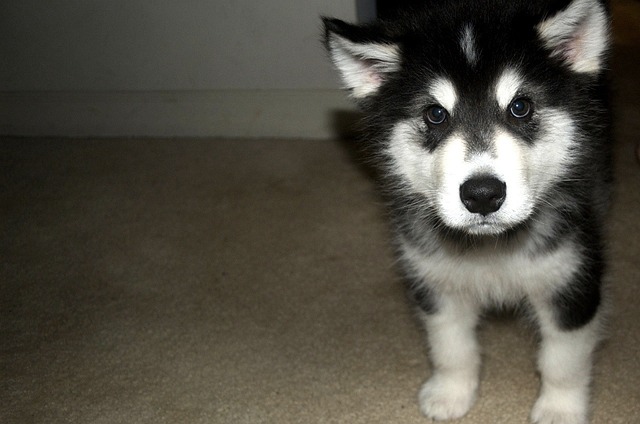
Black and white Alaskan Malamutes exhibit a bold contrast that is both eye-catching and elegant. The black in their coat is typically jet or coal, providing a stark contrast to the white markings that may appear on the underbody, parts of the face, paws, and tail. This coloration is highly valued in show circles for its dramatic appearance and the way it accentuates the Malamute’s robust physique and expressive face. Black and white Malamutes are often mistaken for their Husky relatives but are notably larger and more robust.
3. Red and White

Red and white Malamutes are particularly striking, with the red ranging from a cinnamon to a rich mahogany shade. This warmer hue sets them apart from their more commonly seen gray and black counterparts. The red fur is often complemented by white markings which can make the color pop even more vividly. Red and white Malamutes are sometimes less common, but they capture the attention of both breed enthusiasts and the general public with their unique and fiery appearance.
4. Sable and White
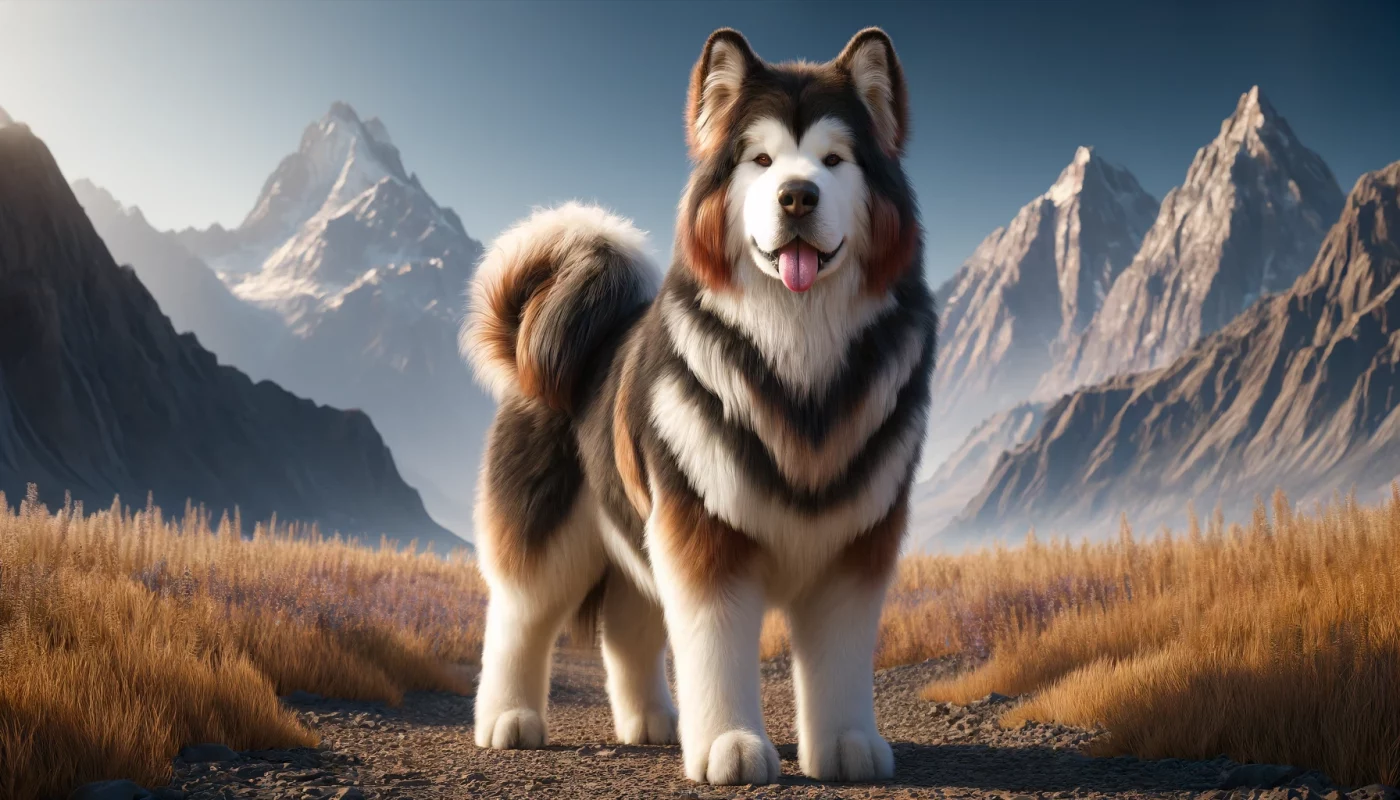
Sable and white Malamutes feature a coat where each hair is multi-colored, typically showing bands of black and red or brown, giving the coat a shaded look that varies with light and movement. This coloration is complex and can appear to change from dark to light, adding a layer of depth and intrigue to their appearance. Sable Malamutes are often highly photogenic, their coats capturing shades that range from earthy tones to radiant highlights, depending on the lighting.
5. Seal and White
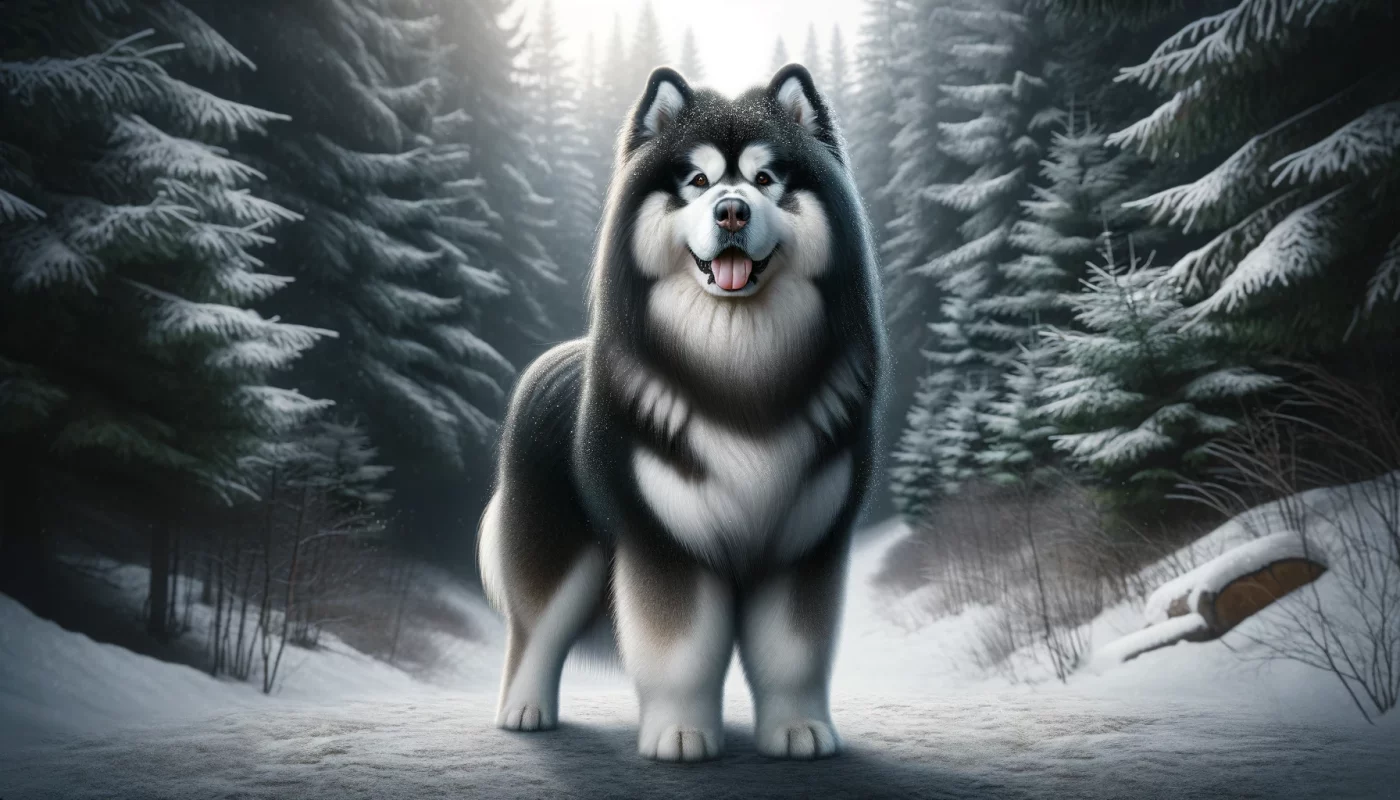
Seal and white Malamutes have a coat that at first glance may appear black, but upon closer inspection, shows a lighter, chocolatey color when viewed in bright light. This seal effect is due to the black guard hairs with lighter roots, which can give these Malamutes a slightly softer appearance compared to the stark black and white ones. The white in their coat typically appears on the belly, legs, and parts of the face, enhancing the dual-tone effect.
6. Agouti and White
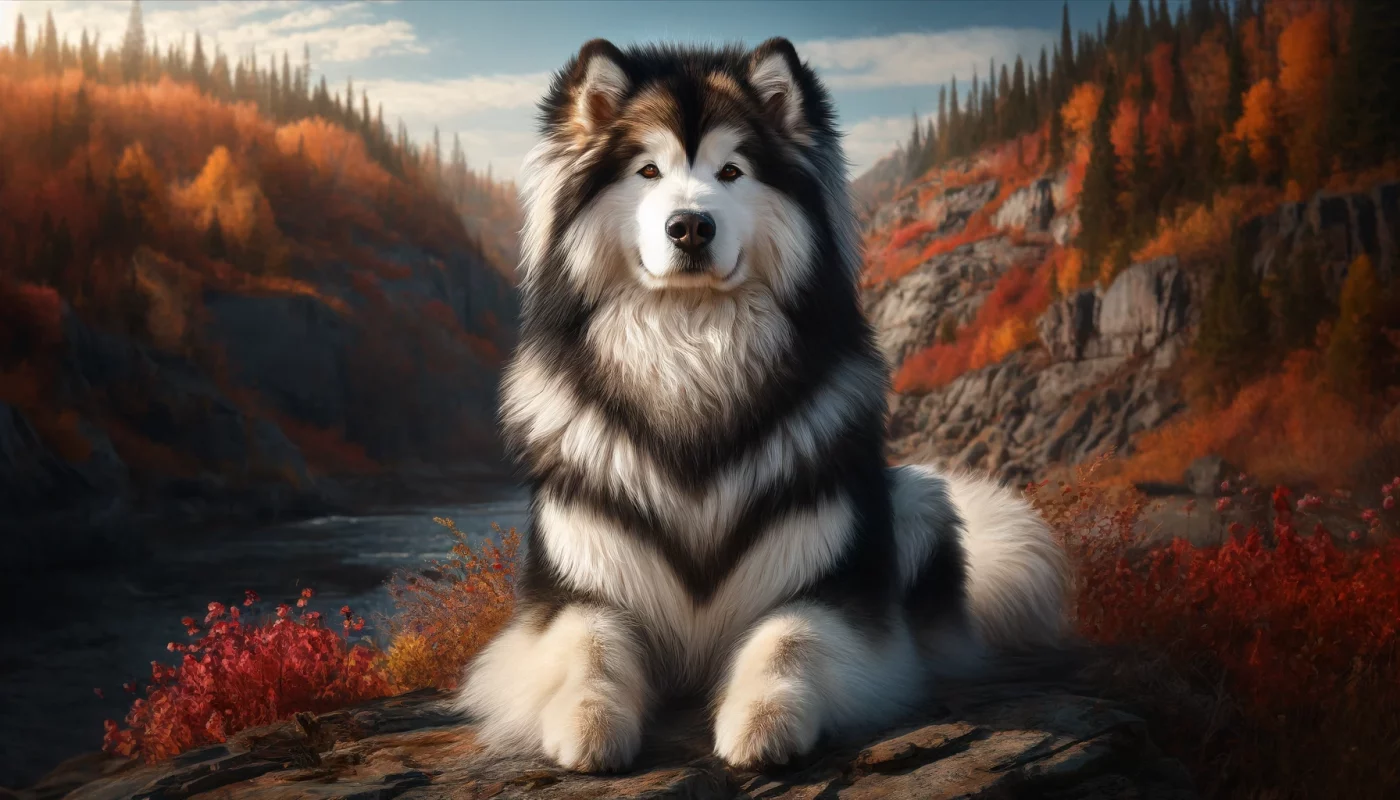
Agouti and white Malamutes are perhaps the closest in appearance to their wild wolf ancestors, featuring a color pattern that includes a mix of dark and light bands on each hair shaft, throughout the body. This creates a very natural, wild, and rugged appearance that is highly prized by some for its exotic look. Agouti Malamutes are relatively rare and are admired for their unique beauty that seems to echo the untamed landscapes of their Alaskan homeland.
7. Solid White

Though rare, solid white Malamutes do exist and are a sight to behold. Unlike the more common white markings mixed with other colors, a solid white Malamute is completely devoid of any color markings. This can make them stand out dramatically in any setting, though they are not always favored in competitive shows where traditional markings are prized. White Malamutes require diligent grooming as their pristine coats can easily show dirt and require regular maintenance to keep them looking their best.
In summary, the Alaskan Malamute comes in a variety of stunning colors that reflect the breed’s versatility and majestic presence. From the wolf-like agouti to the elegant black and white, and the rare solid white, these colors contribute to the breed’s popularity and appeal, making the Malamute not only a capable working dog but also a delightful companion. Their thick, colorful coats not only serve as protection against the cold but also enhance their robust aesthetic, making each Malamute distinct and highly valued both in and out of show rings.
Frequently Asked Questions About Alaskan Malamute Colors
1. What is the most common color of Alaskan Malamutes?
The most common color of Alaskan Malamutes is gray and white. This classic combination includes shades of gray ranging from light silver to dark charcoal, contrasted beautifully with white markings typically on the face, underbelly, and paws. The gray and white coloration not only highlights the Malamute’s wolf-like appearance but also provides a natural camouflage in their original snowy, Arctic environment. These colors are popular for their striking aesthetic that emphasizes the breed’s robust and majestic nature.
2. Are pure black Alaskan Malamutes common?
Pure black Alaskan Malamutes are very rare. While black is a common color for the breed, it usually appears with white markings. A completely black coat without any white is extremely uncommon and is not recognized by most breed standards, which specify that Malamutes should have white markings. The typical black areas on a Malamute would include the cap, mask, and mantle, with some variations depending on individual genetics.
3. Can Alaskan Malamutes be solid white?
Yes, Alaskan Malamutes can be solid white, though this is rare. The solid white Malamute lacks the typical mask and cap pattern associated with the breed’s standard colors. While stunning, solid white Malamutes are considered a fault in show rings according to the American Kennel Club standards. However, they still possess all the wonderful traits of the breed and are just as healthy and robust as their more traditionally colored counterparts.
4. What is a seal and white Alaskan Malamute?
A seal and white Alaskan Malamute has a coat that appears almost black but has a lighter, chocolatey shade visible when viewed in bright light. This color comes from black guard hairs that have a lighter root, creating a softened appearance compared to a true black and white Malamute. Seal and white is a less common color variation and offers a unique beauty, with the contrast between the dark guard hairs and lighter undercoat providing a dynamic and attractive appearance.
5. How does the red and white color occur in Alaskan Malamutes?
The red and white coloration in Alaskan Malamutes results from a recessive gene that affects the production of black pigment, allowing the red or liver color to show through. This color ranges from a light golden-red to a deep mahogany. Red and white Malamutes are particularly striking due to the warmth and richness of the red coat contrasted with white markings, which are typically found on the face, paws, and underbody.
6. What defines a blue roan Alaskan Malamute?
Blue roan is not a recognized color in Alaskan Malamutes. Roan refers to a coat pattern found in some breeds where the base color is interspersed with another color, often leading to a bluish appearance. Malamutes do not carry the roan gene and typically display solid or bicolor coats. Common colors include various shades of gray, black, sable, and red, all with white markings.
7. Is the agouti color pattern common in Alaskan Malamutes?
The agouti color pattern is relatively rare in Alaskan Malamutes but is highly prized for its striking resemblance to wild wolves. This pattern features hairs that are banded with multiple colors, typically black at the tip and lighter at the base, giving the coat an overall wild and rugged appearance. Agouti Malamutes often have a mixture of dark and light bands on each hair shaft, creating a complex and variable coloration that is unique to each individual dog.
8. What are the grooming requirements for different colored Malamutes?
Grooming requirements for Alaskan Malamutes are generally consistent across all color variations and focus primarily on managing their dense, double-layered coat. Regular brushing several times a week is necessary to reduce shedding, prevent matting, and keep the coat healthy and clean. Bathing should be done sparingly, only a few times a year, as it can strip the natural oils from their coat. The color of the coat does not typically affect grooming practices, though lighter-colored Malamutes may show dirt more visibly than darker ones.
9. Do certain colors of Alaskan Malamutes have more health problems?
There is no evidence to suggest that certain colors of Alaskan Malamutes are prone to more health problems than others. Health concerns in Malamutes are generally related to genetics and are not color-specific. Common health issues in the breed include hip dysplasia, hypothyroidism, and bloat, which are important considerations for all potential Malamute owners, regardless of the dog’s color.
10. Can Alaskan Malamute puppies change color as they grow?
Alaskan Malamute puppies can show some changes in color as they grow, particularly those with lighter or darker coats that may mature into the standard gray and white coloration. Puppies often have a softer, fluffier coat that sheds to reveal the adult coat with its true color and texture. While significant color change is rare, some fading or darkening within the usual color spectrum of the breed can occur as the puppy matures.

 1 week ago
12
1 week ago
12


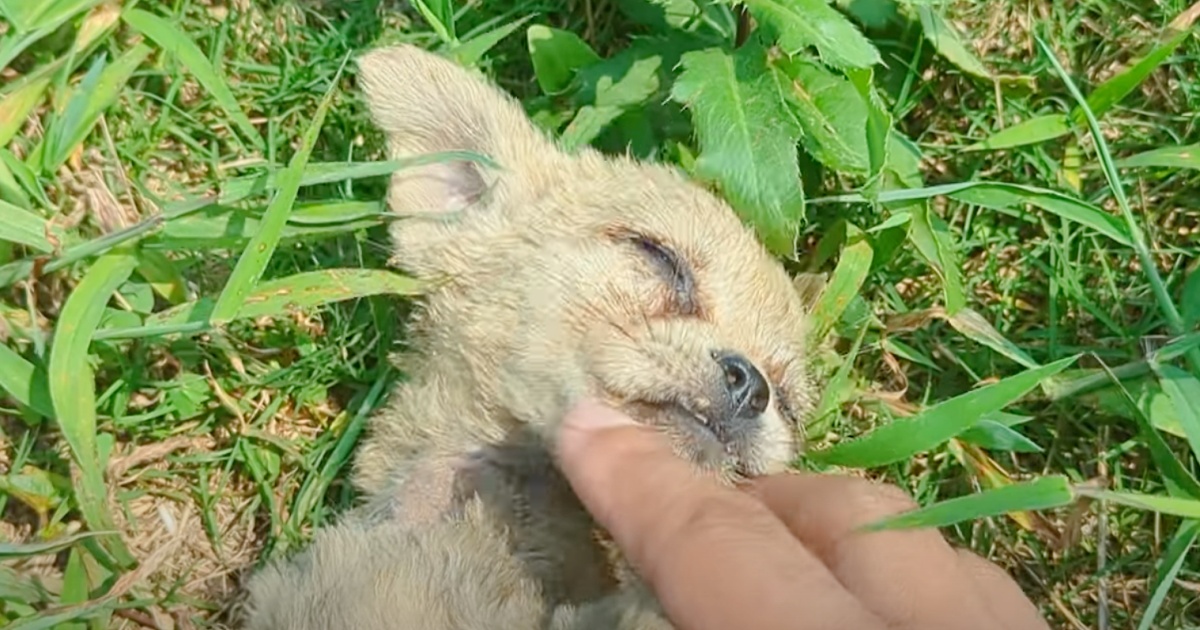





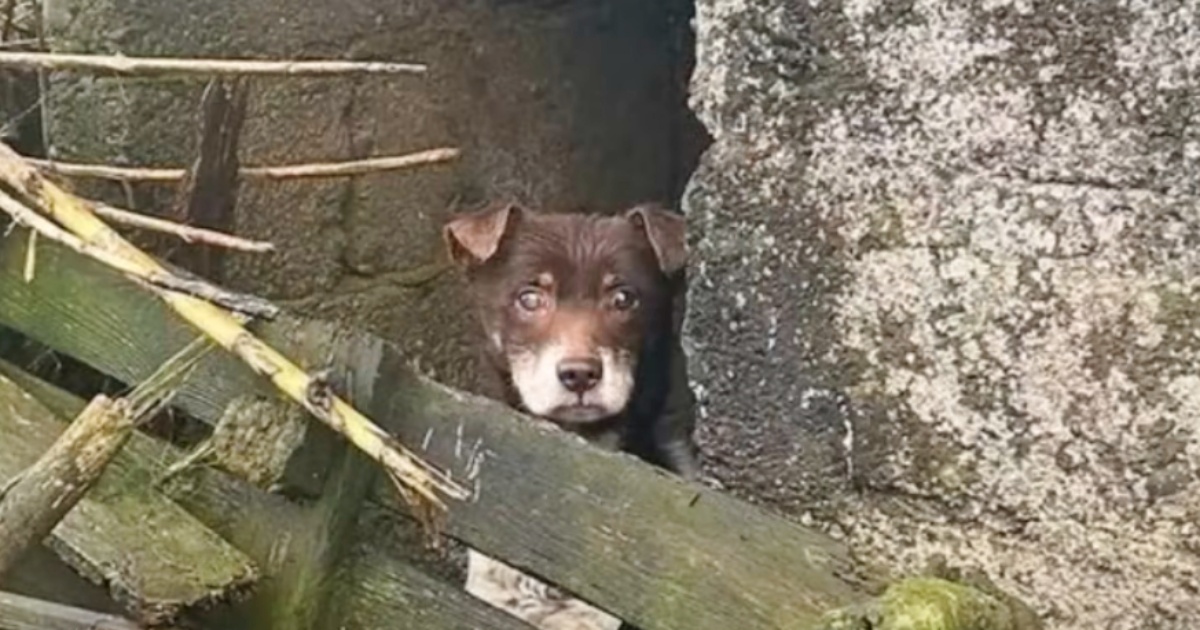



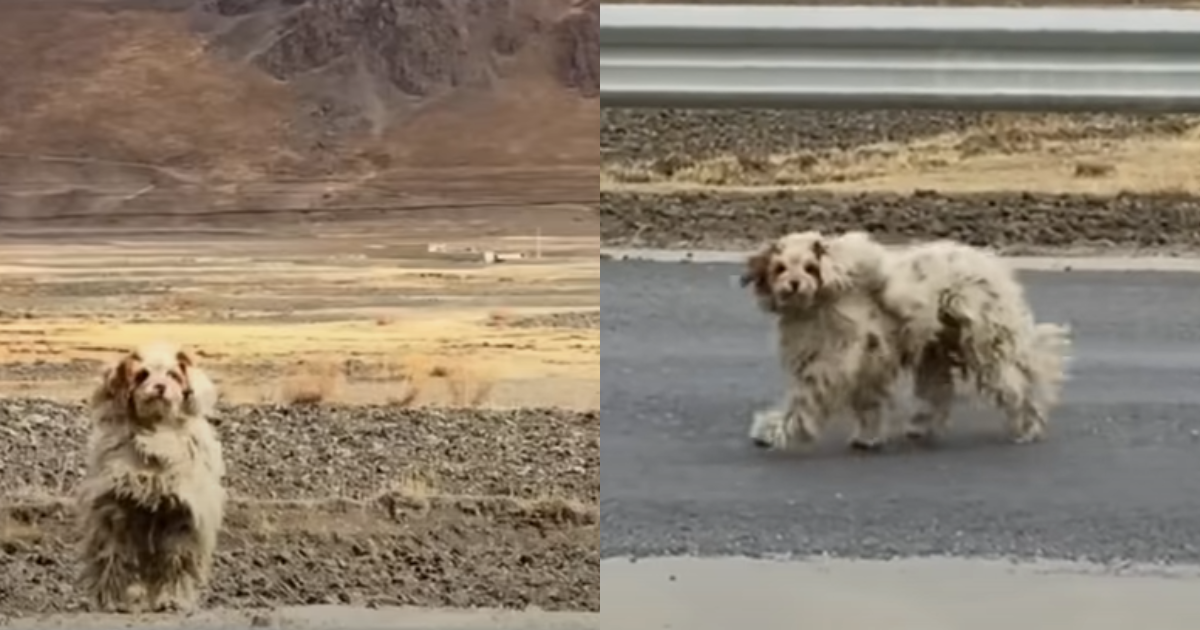


![Cost of a Borzoi Puppy by US Region [2024]](https://iheartdogs.com/wp-content/uploads/2024/04/borzoi-4950553_1280.jpg)
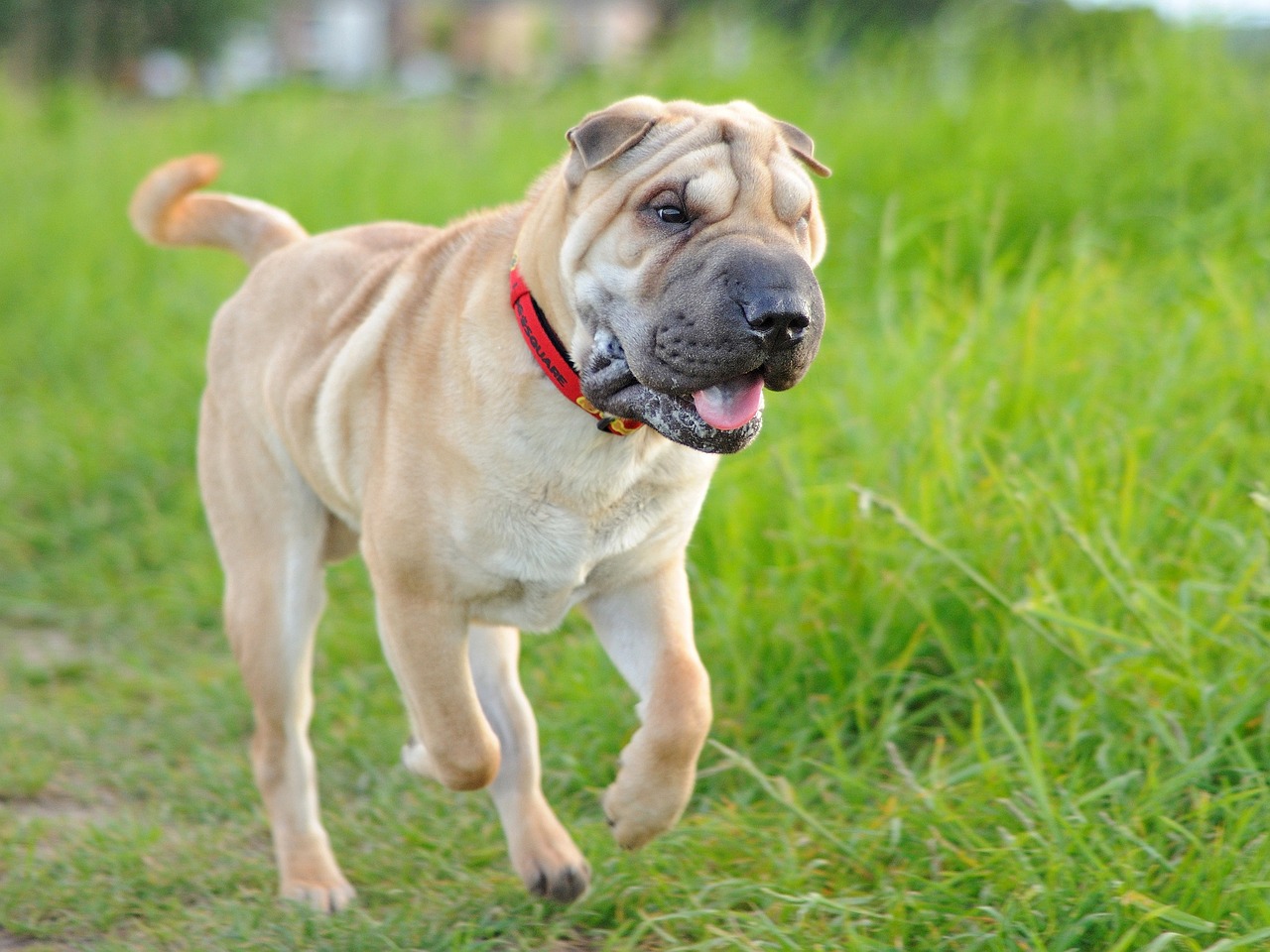
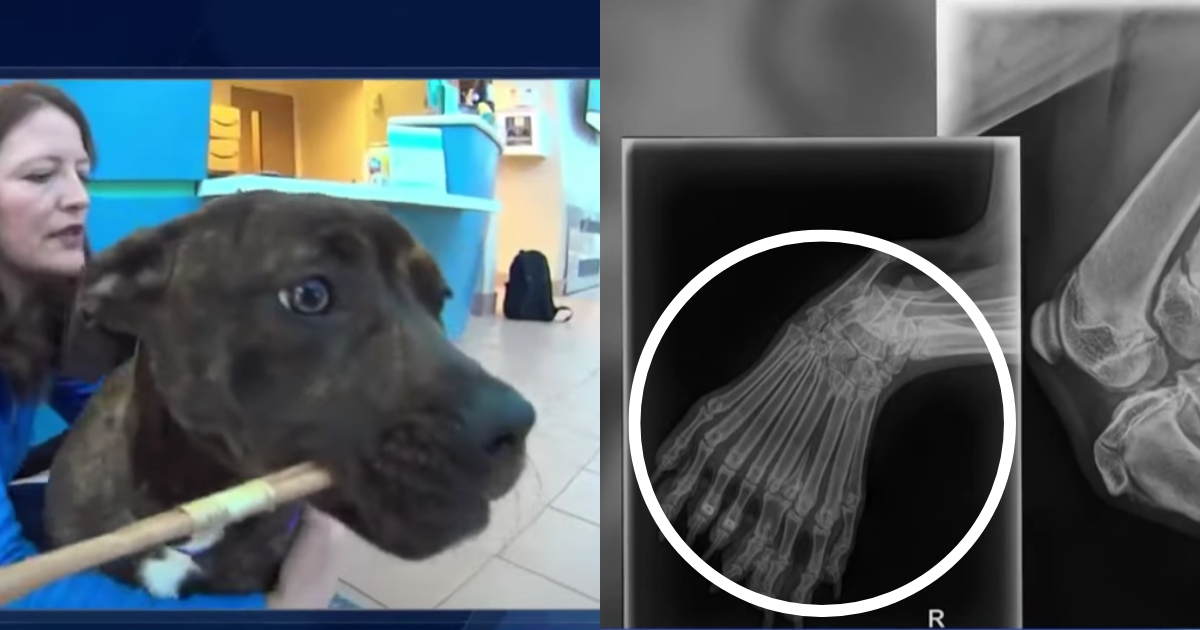
 English (US) ·
English (US) ·